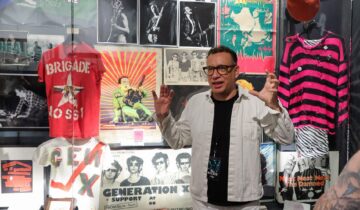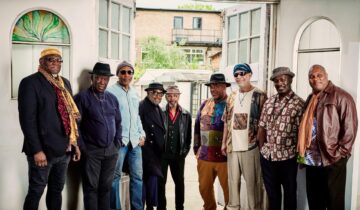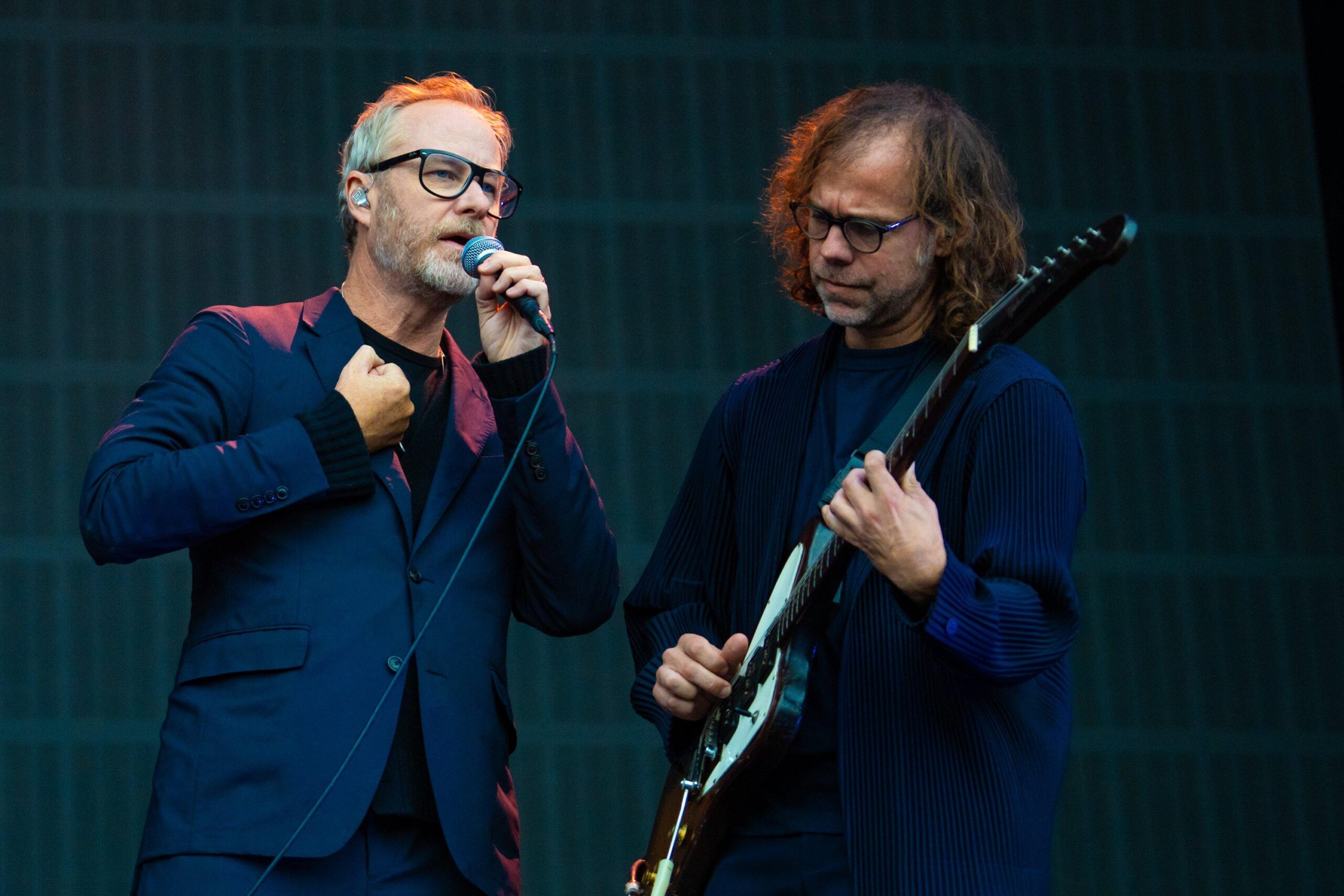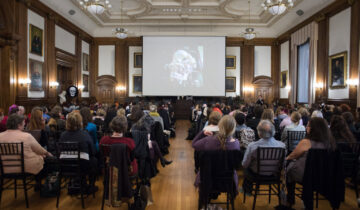 For SF WEEKLY: San Francisco may be a world-class city, but its public transportation system is showing its age — especially after dark. A recent survey about the city’s transit options found that 92 percent of people polled named lack of late-night BART service as their top complaint. Supervisor Scott Wiener, whose transportation task force released a policy report on the issue in February, described late-night and early-morning transit in the Bay Area as “an afterthought,” noting that BART caters to nine-to-fivers while leaving everyone else scrambling for alternatives.
For SF WEEKLY: San Francisco may be a world-class city, but its public transportation system is showing its age — especially after dark. A recent survey about the city’s transit options found that 92 percent of people polled named lack of late-night BART service as their top complaint. Supervisor Scott Wiener, whose transportation task force released a policy report on the issue in February, described late-night and early-morning transit in the Bay Area as “an afterthought,” noting that BART caters to nine-to-fivers while leaving everyone else scrambling for alternatives.
Some of those alternatives are private sector companies that operate 24/7. Just as Uber, Lyft, Sidecar, and other on-demand ride services are booming, so, too, are concerns about safety and regulation. Since 2013, the California Public Utilities Commission, which regulates such companies, has taken an increasingly hardline stance, ratifying some 28 new rules mandating everything from insurance payouts to criminal background checks for drivers.
In May, the CPUC served a cease-and-desist order on controversial luxury bus company Leap. The agency cited numerous violations including lack of liability and property damage insurance, lack of evidence of workers’ comp insurance, failure to request and pass California Highway Patrol inspections, and failure to comply with controlled substances and alcohol testing requirements.
Last year, the CPUC also shut down Night School before it even launched, stating the company didn’t have the proper license to operate. Night School had planned to transport passengers from San Francisco’s Mission to downtown Oakland every 25 minutes between midnight and 4 a.m., using off-duty yellow school buses owned and insured by a third-party company. Riders would subscribe to the service rather than pay fares, according to the company’s founder Alex Kaufman.
“Our business model was predicated on the fact that school buses are already maintained, so it would be a net gain to use them when they’re not being used,” Kaufman said. “[The CPUC] didn’t give us a way to subcontract the bus operation. It’s really not that difficult. We were trying to find a way around this bureaucratic roadblock, and we were not able to come up with a solution.” CPUC officials declined to comment.
By contrast, Homobiles, a rideshare service created for the LGBT community, has operated at all hours for the past several years without setback. The CPUC initially issued a cease-and-desist order against Homobiles when it began in 2011, but later removed it. “We were able to talk with the CPUC and explain that we are a community service that gives rides for no price and provides safe transportation for a specific community,” founder Lynn Breedlove says. “They approved of what we were doing because of the safety thing.” The official 501C3 status makes it possible for Homobiles to lobby the city for funding, which the service has done since it became a nonprofit.
San Francisco hasn’t updated its rules and regulations pertaining to private commuter services since the 1940s and ’50s, but that’s changing. Supervisor Wiener’s late-night transportation report recognized that the “new and evolving array of jitney-like, carpooling, car-sharing, and ride-sourcing services” needs policy guidelines. Last month, Supervisor Mark Farrell proposed legislation asking city and county transportation agencies to develop San Francisco’s policy toward private commuter services and report back to the Board of Supervisors in six months.
The report will be ready by fall, according to San Francisco Municipal Transportation Agency spokesman Paul Rose. “Services like Leap and Chariot are so new to the city,” he said. “We have been working to adjust some of these laws because now we’re at a point where so many more of these types of services are popping up.” But the report only asks for recommendations for bus and van services like Leap, not Google buses or transportation network companies or rideshare car companies like Lyft.
The campaign to improve late-night mass transit was spurred by a 2012 economic impact study from San Francisco’s Office of Economic Analysis that found the city’s nightlife industries generated roughly $4.2 billion in 2010. The local industry at that time included 3,200 businesses, 48,000 employees, and 80 million customers annually. However, data from Wiener’s task force found that two-thirds of the 250,000 weeknight trips that occurred between 9 p.m. and 5 a.m. were commutes by nighttime workers. Wiener’s group reported that 60,000 workers made up the city’s late-night economy.
In recent months, late-night transportation has slowly expanded beyond private sector offerings. Since December, a one-year “Late-Night Bus Service Pilot Project” overseen by BART and AC Transit has picked up passengers every 30 minutes on weeknights and every 20 minutes on weekends. A new bus line, the 822, runs from San Francisco to points along the BART Pittsburg/Bay Point line. And according to Liz Bisson of the San Francisco County Transportation Authority, existing Muni Owl service will soon add new operators, increase maintenance, and expand service on the south side of Potrero and into Bayview.
One challenge to improving late-night transit is extending BART’s hours past the typical midnight cutoff, which officials say can be done only by constructing a second transbay tube that will operate while the rest of the system undergoes nightly maintenance. Plans for that second tube are underway. Mayor Ed Lee expressed support for the project earlier this year, and Supervisor Wiener and BART board member Nick Josefowitz are pushing for it. Infrastructure recommendations are expected in 2018. The price tag is estimated at more than $10 billion.
Limited BART service is but one small piece of the larger Bay Area transit puzzle. Twenty-six different transit operators serve the region, all overseen by the Metropolitan Transportation Commission. As Liz Bisson said, “[Transportation] is a very complicated issue, and the city needs to provide some policy leadership … there are serious questions of whether the private sector can provide certain things the public sector cannot.”
photo: bus stop on Market Street, by Mike Koozmin, SF Weekly



